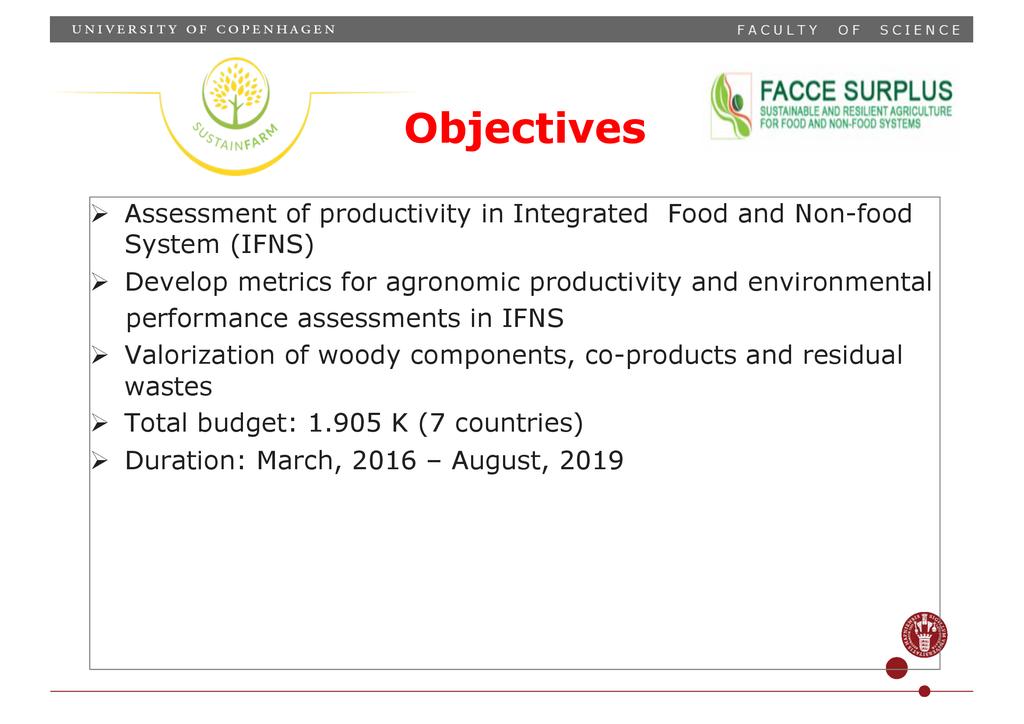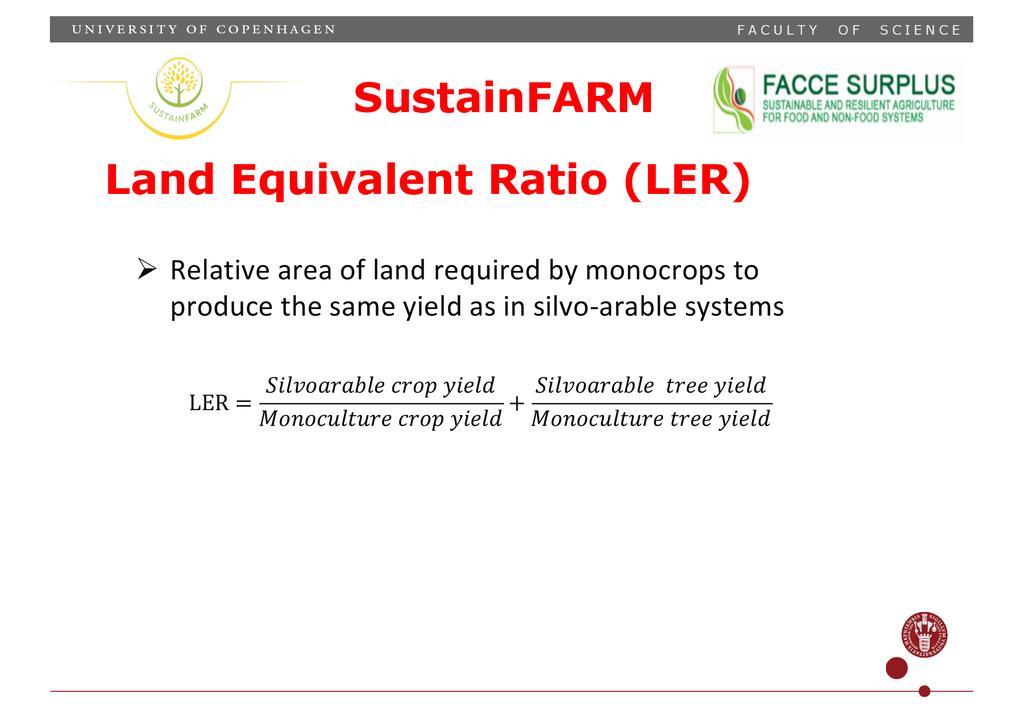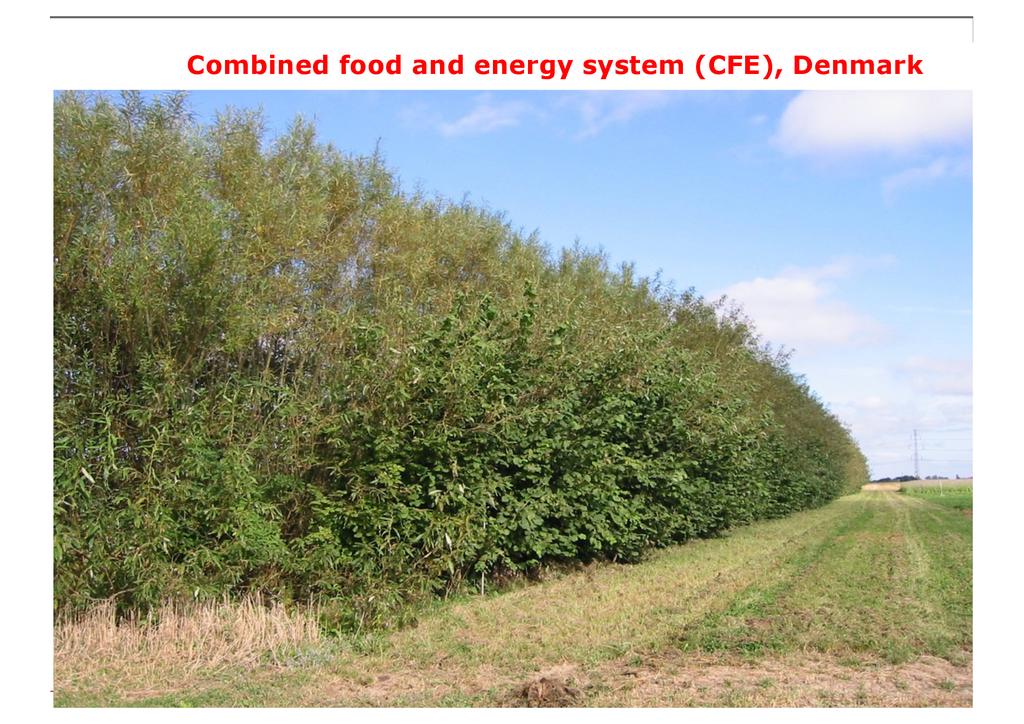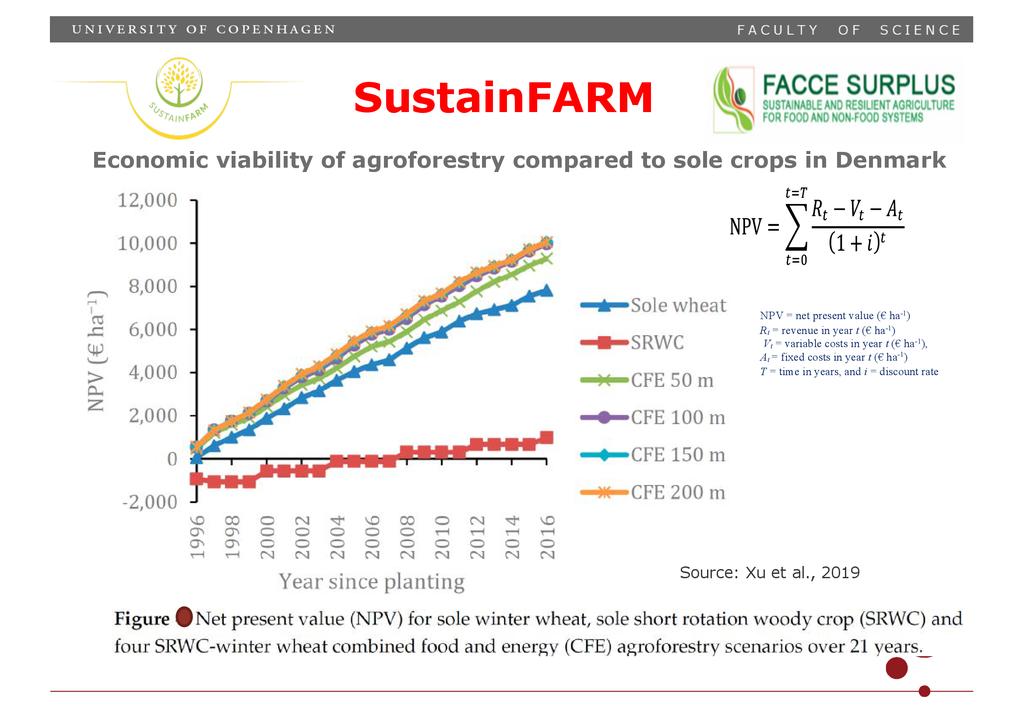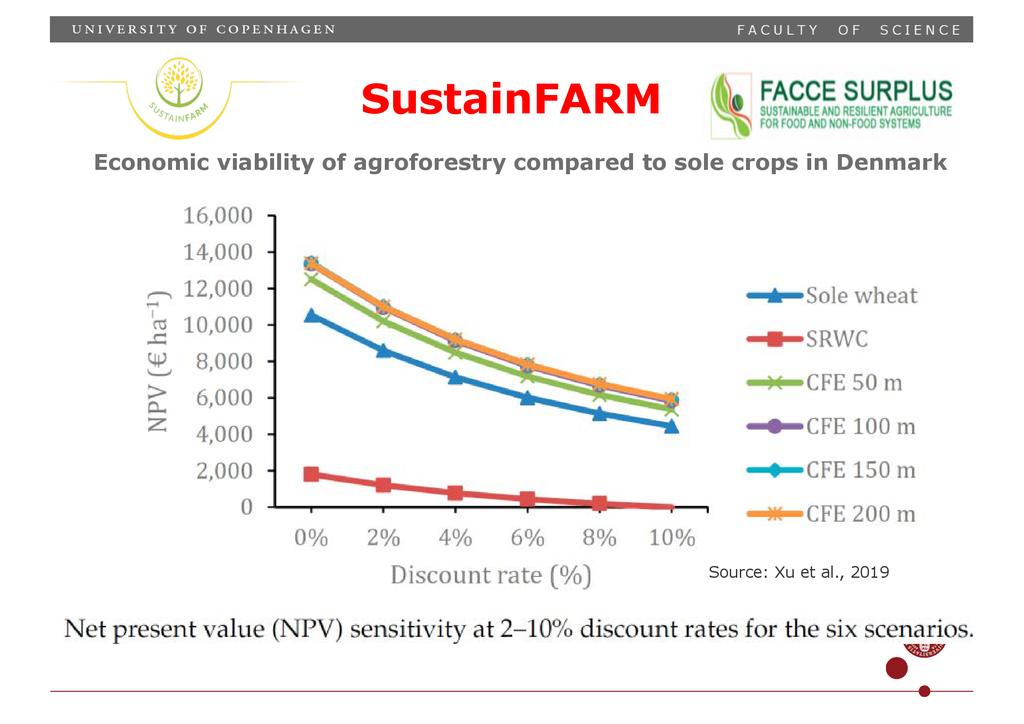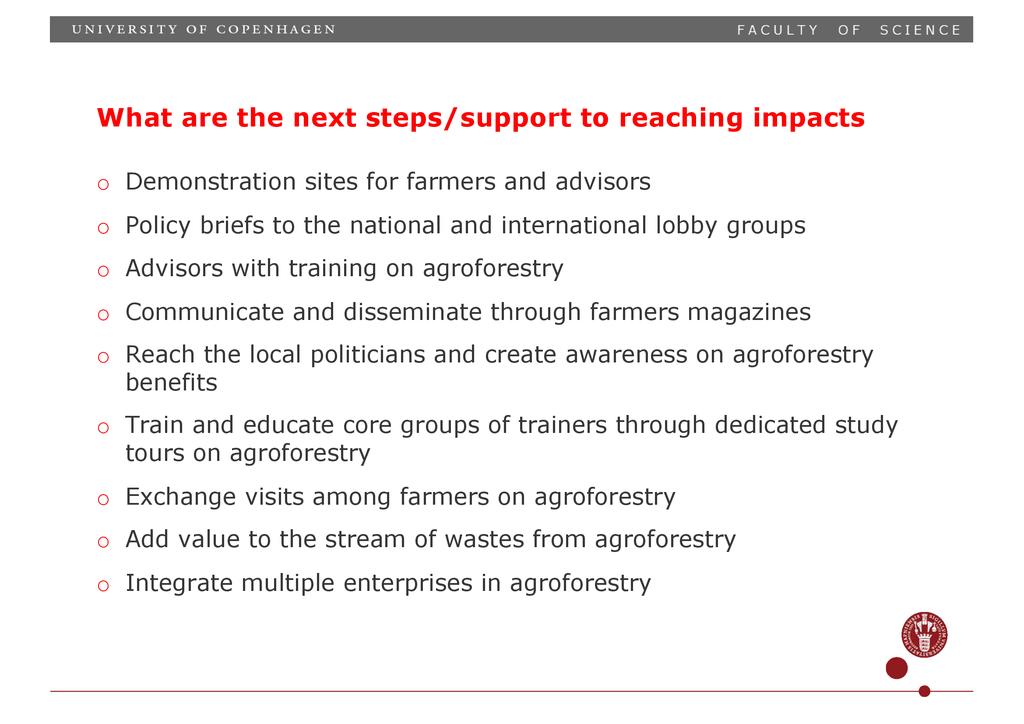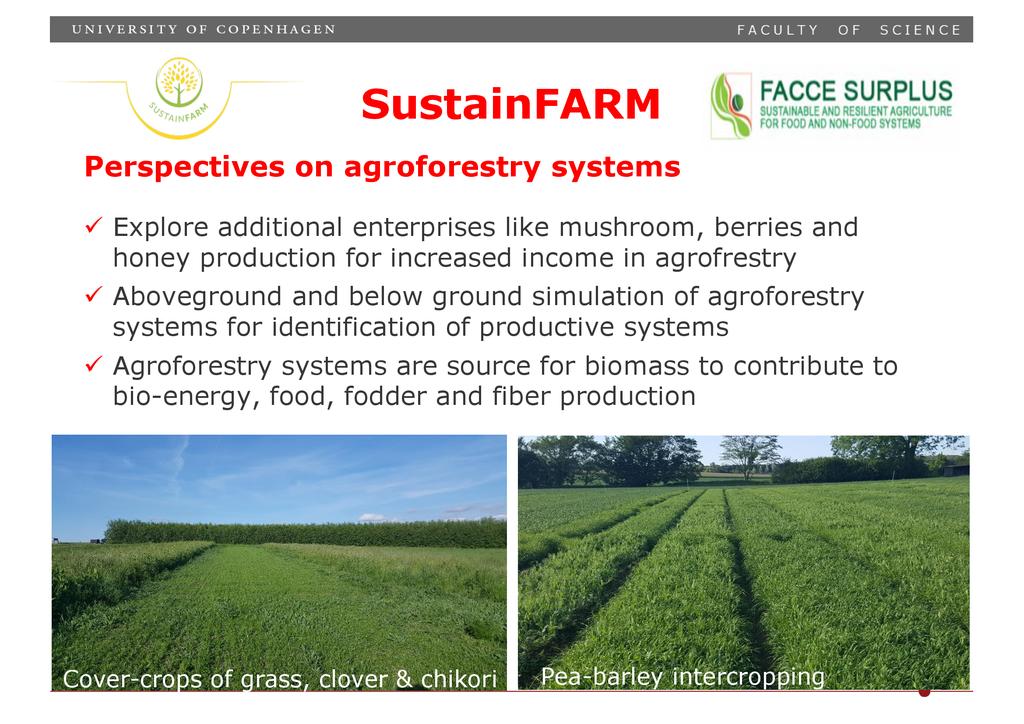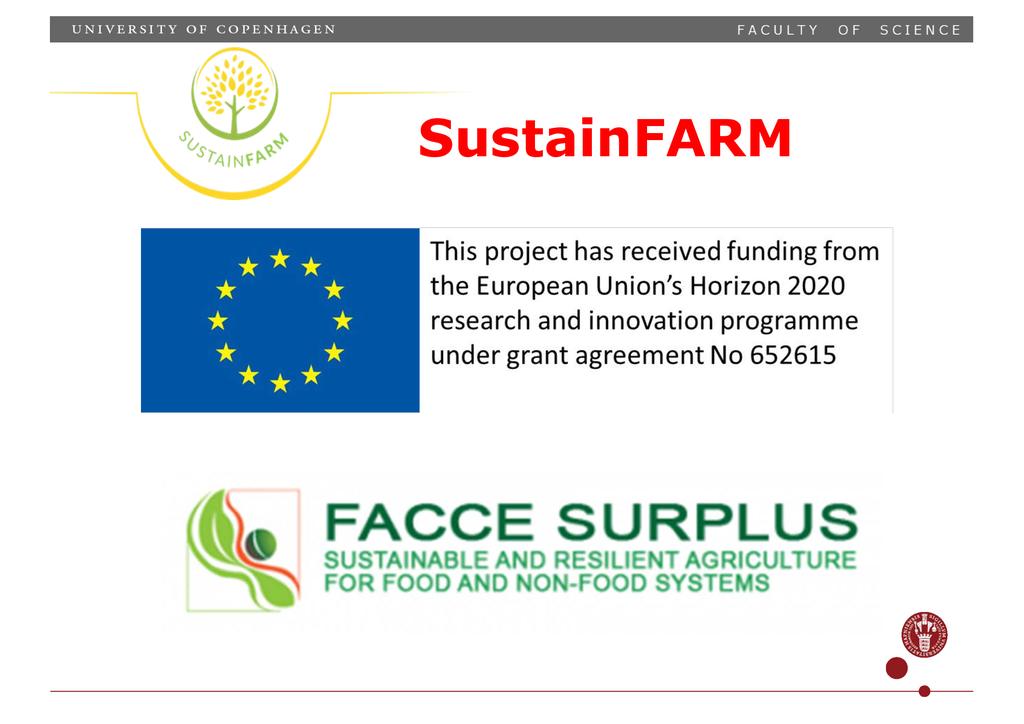Agroforestry: "Next Generation Green Revolution" for Climate-Resilience Farming by Smallholder Farmers
Presented By: Bhim B. Ghaley
Event: 2019 ECHO Asia "Small Scale: Up Scale" Agriculture & Community Development Conference (01-10-2019)
Agroforestry systems are encouraged in farming systems in the developed and the developing countries, due to the multifunctional role of agroforestry in enhancing agronomic productivity, co-production of diversity of food products for balanced nutrition and provision of environmental ecosystem services. There are diversity of agro-forestry systems that exists, but the information on these agroforestry systems are scarce and unavailable. Hence, the objective of the study was to describe the benefits of agroforestry systems and demonstrate the diversity of crops, trees and animal integration for production of range of agricultural produce under diverse pedo-climatic zones in Europe.
In SustainFARM project (http://www.sustainfarm.eu/en/), a network of six agroforestry systems integrating arable crops, livestock and biomass crops, were described and analyzed to assess the range of agricultural products produced in each agroforestry system. The agroforestry systems produced food crops (e.g. wheat, barley, rye, oat etc.), vegetables (e.g. tomato, paprika, cucumbers, watermelons, lettuce, cabbage etc.), fruits (e.g .apple, pear, plum, apricot, olive etc.), meat (e.g. sheep, duck, poultry etc.) and dairy products (e.g milk, cheese etc. The agroforestry also produced fodder (grass and legume swards and natural grass) and non-food products like woodchips or firewood for use as source of energy to meet household energy needs. The study demonstrated that the agroforestry systems produce diversity of food and non-food products to meet the needs of farming communities, which underscores the rationale for adoption of agroforestry systems. Hence, the study provided a robust field-based evidence on diversity of agroforestry systems and their multifunctional role for provision of food and non-food products in diverse contexts for informed decision making by land managers, advisory services, farmers and policy makers.












